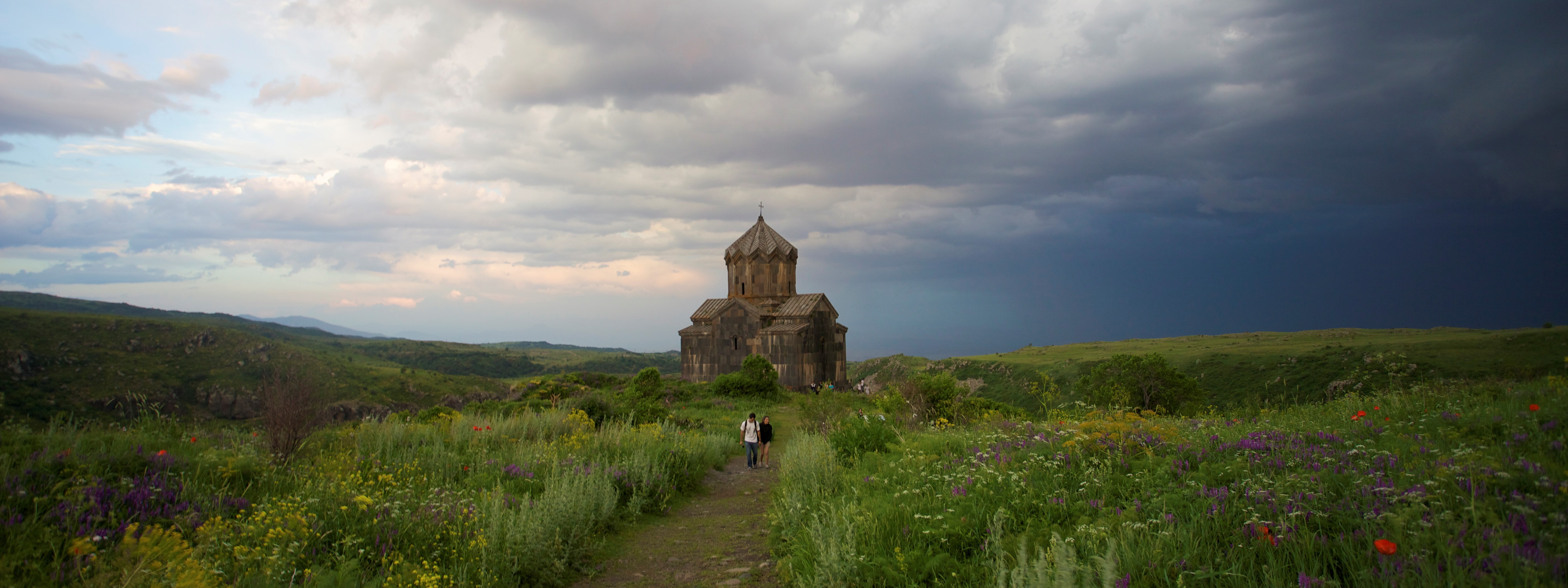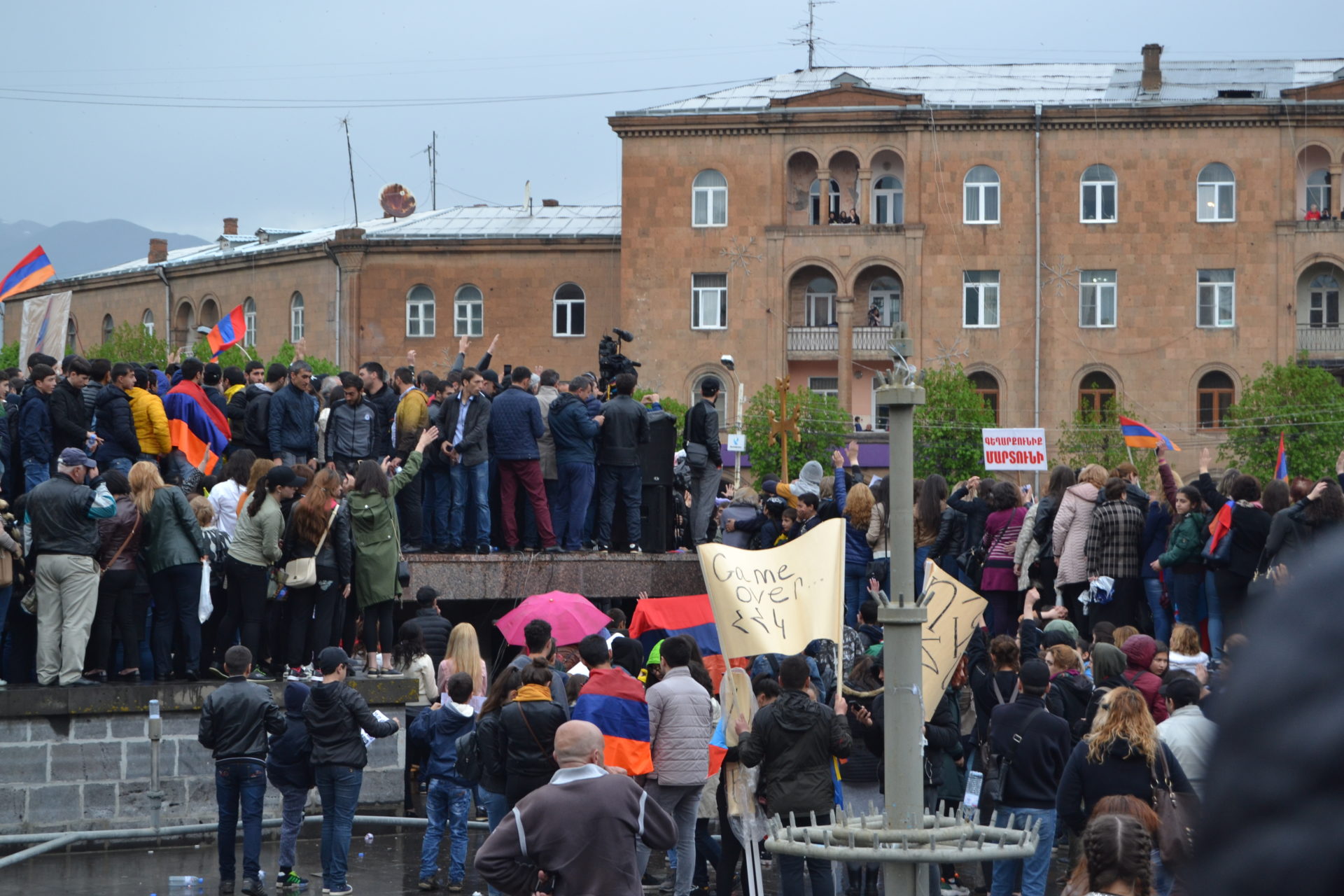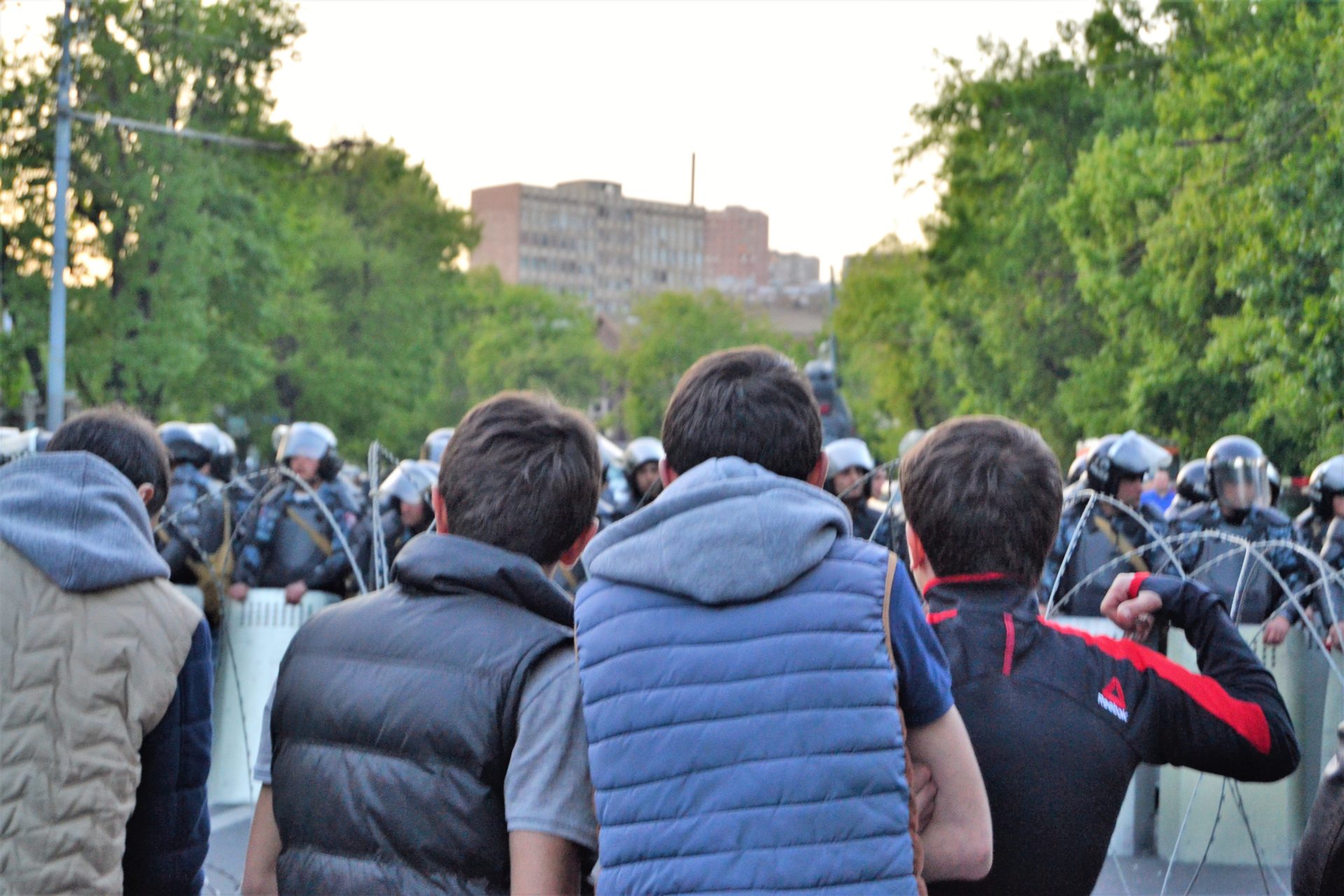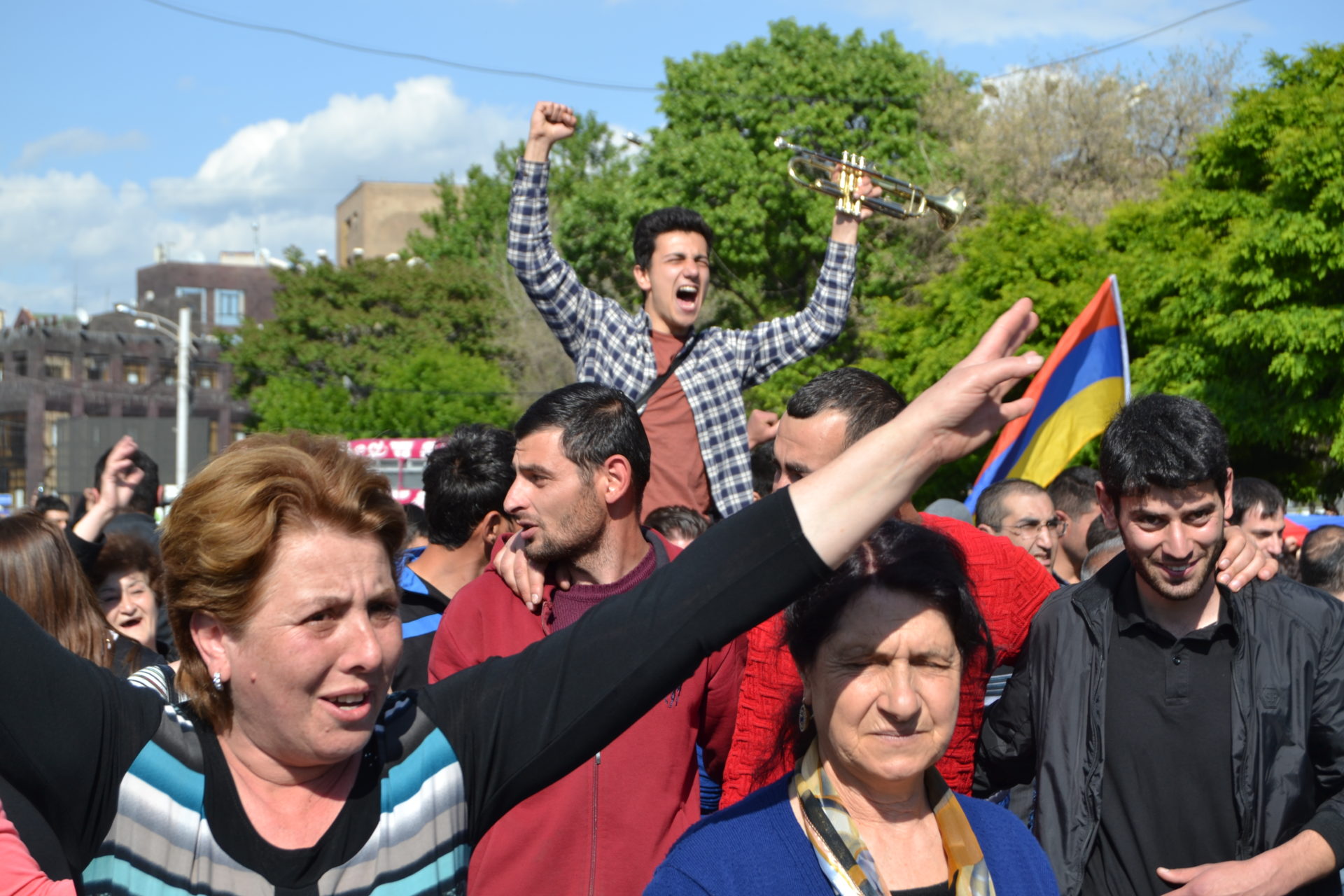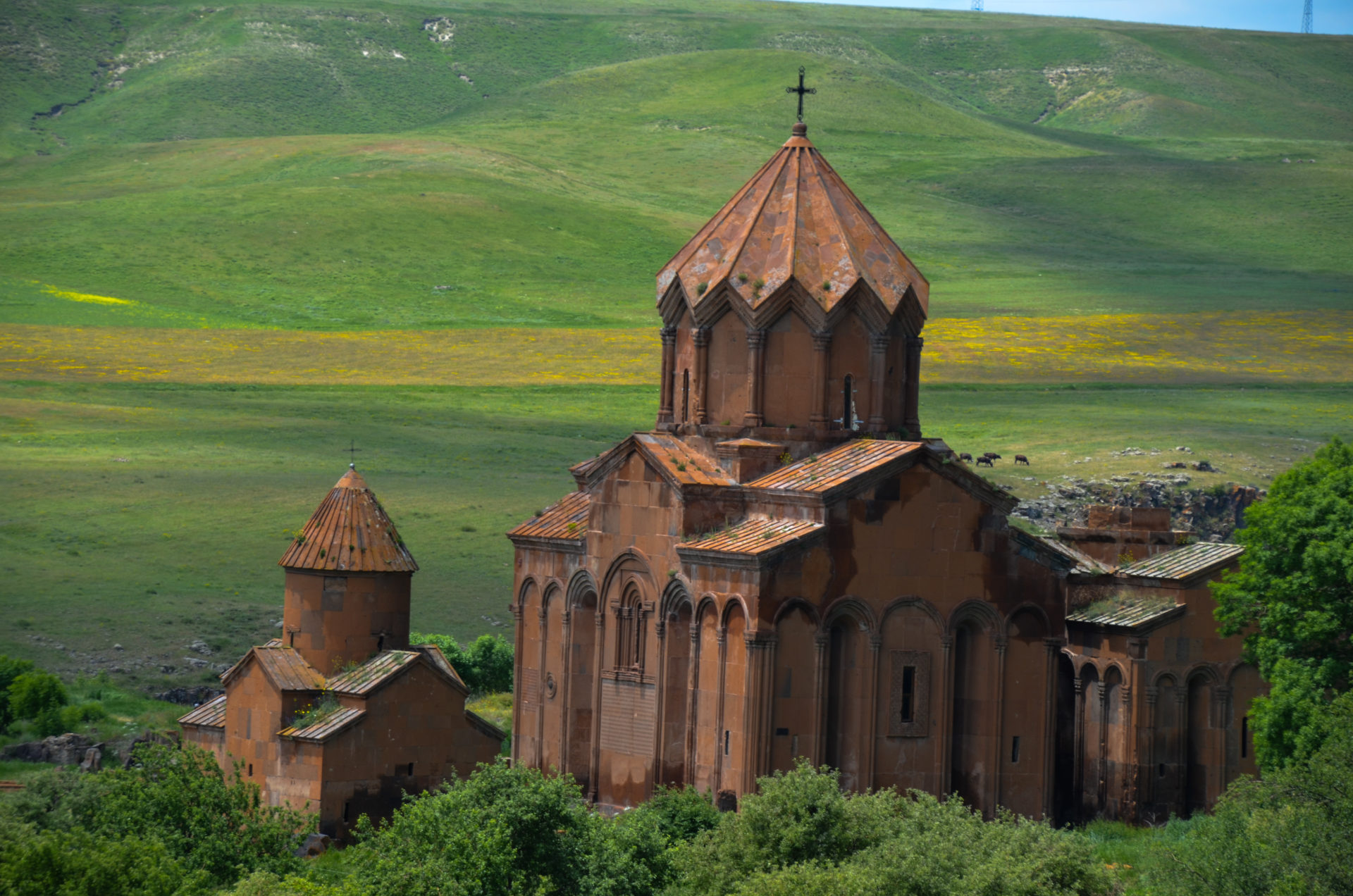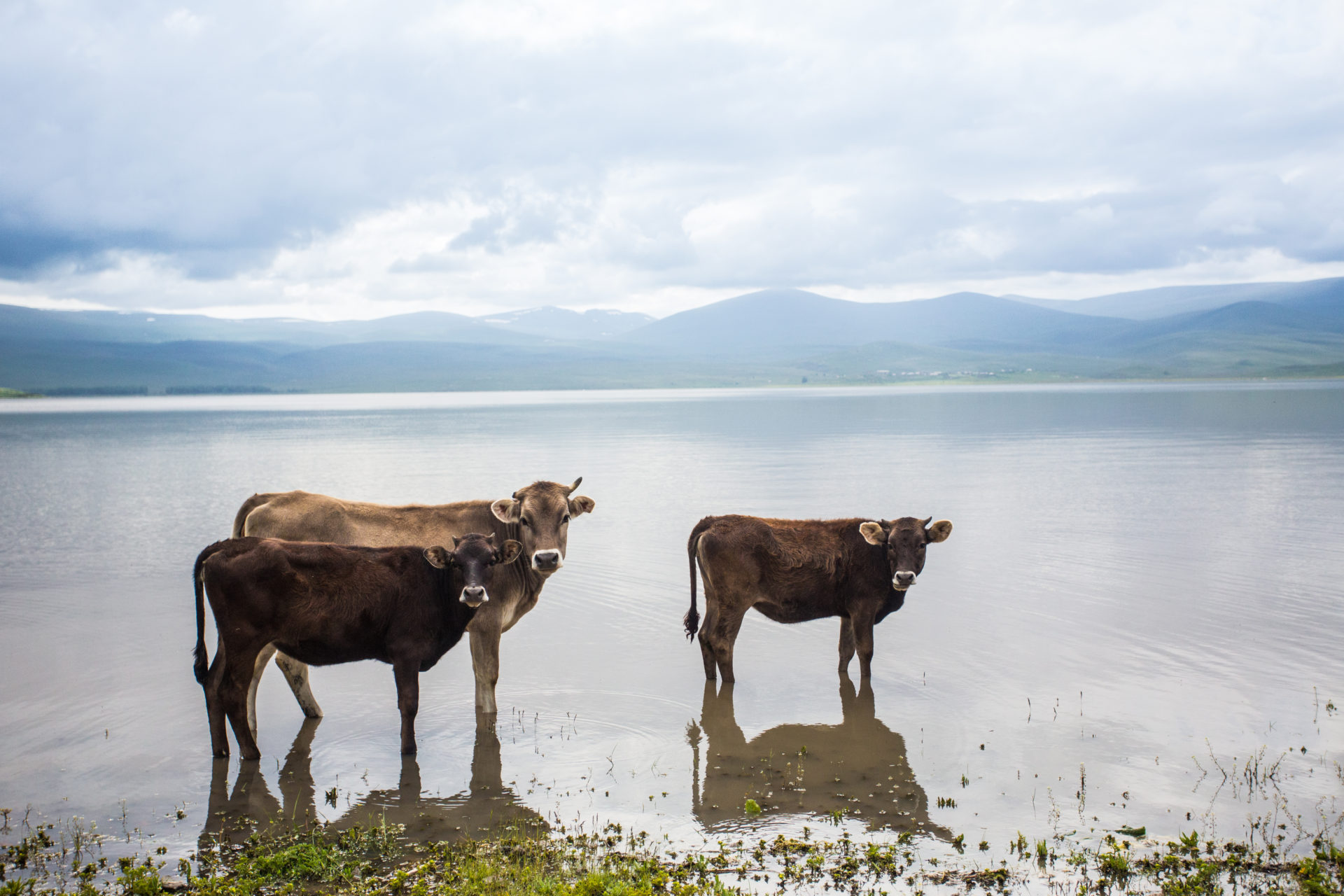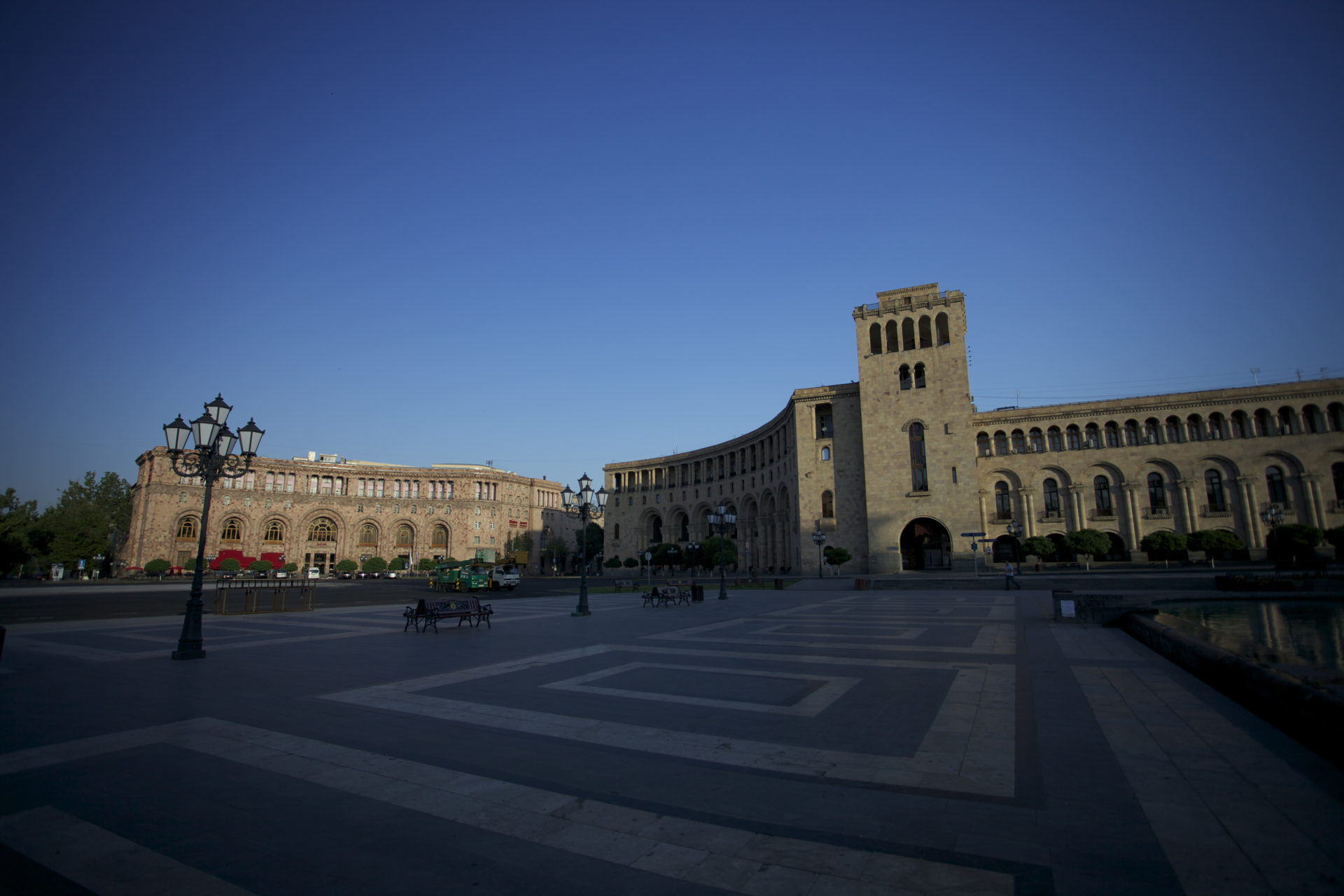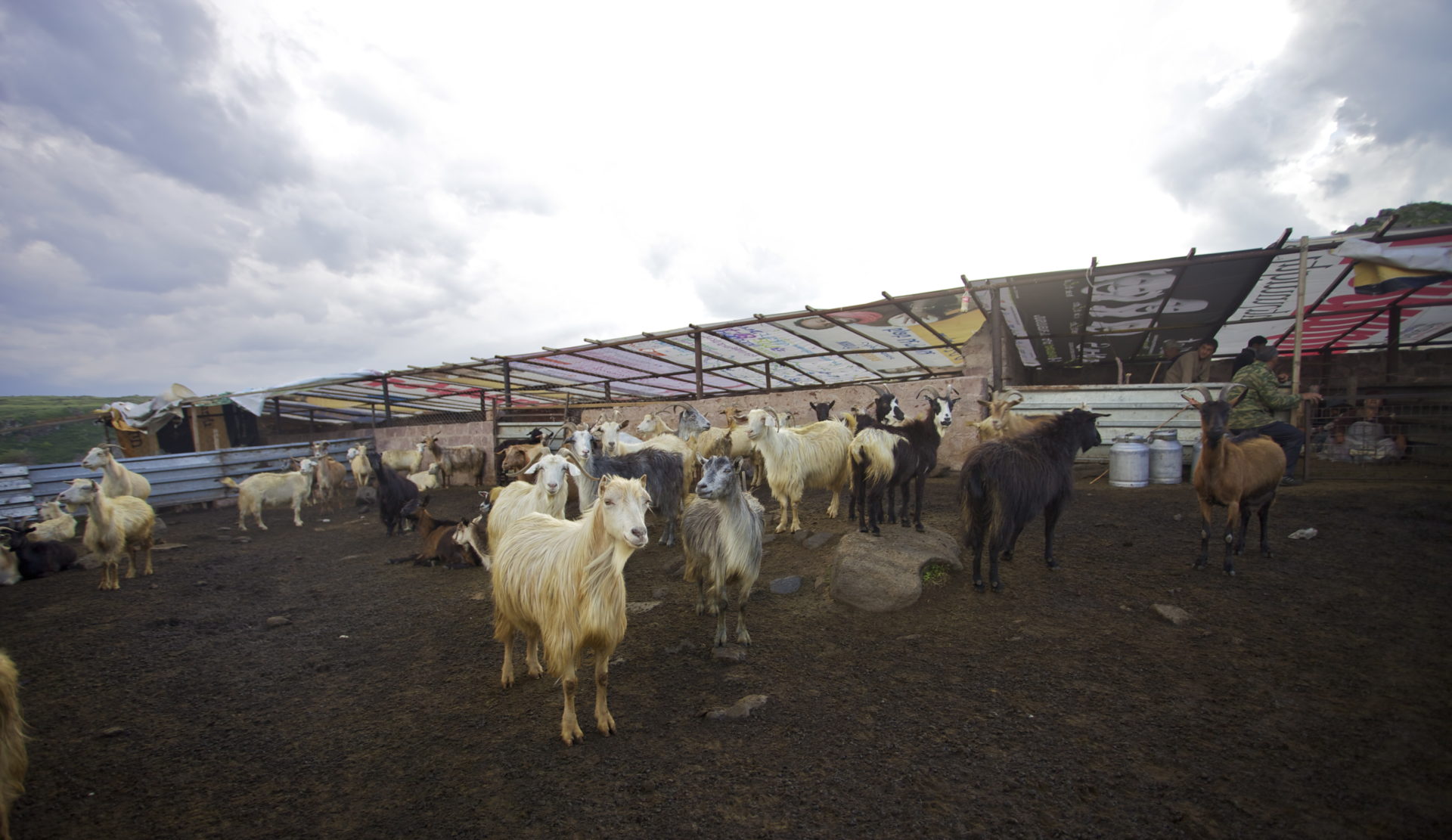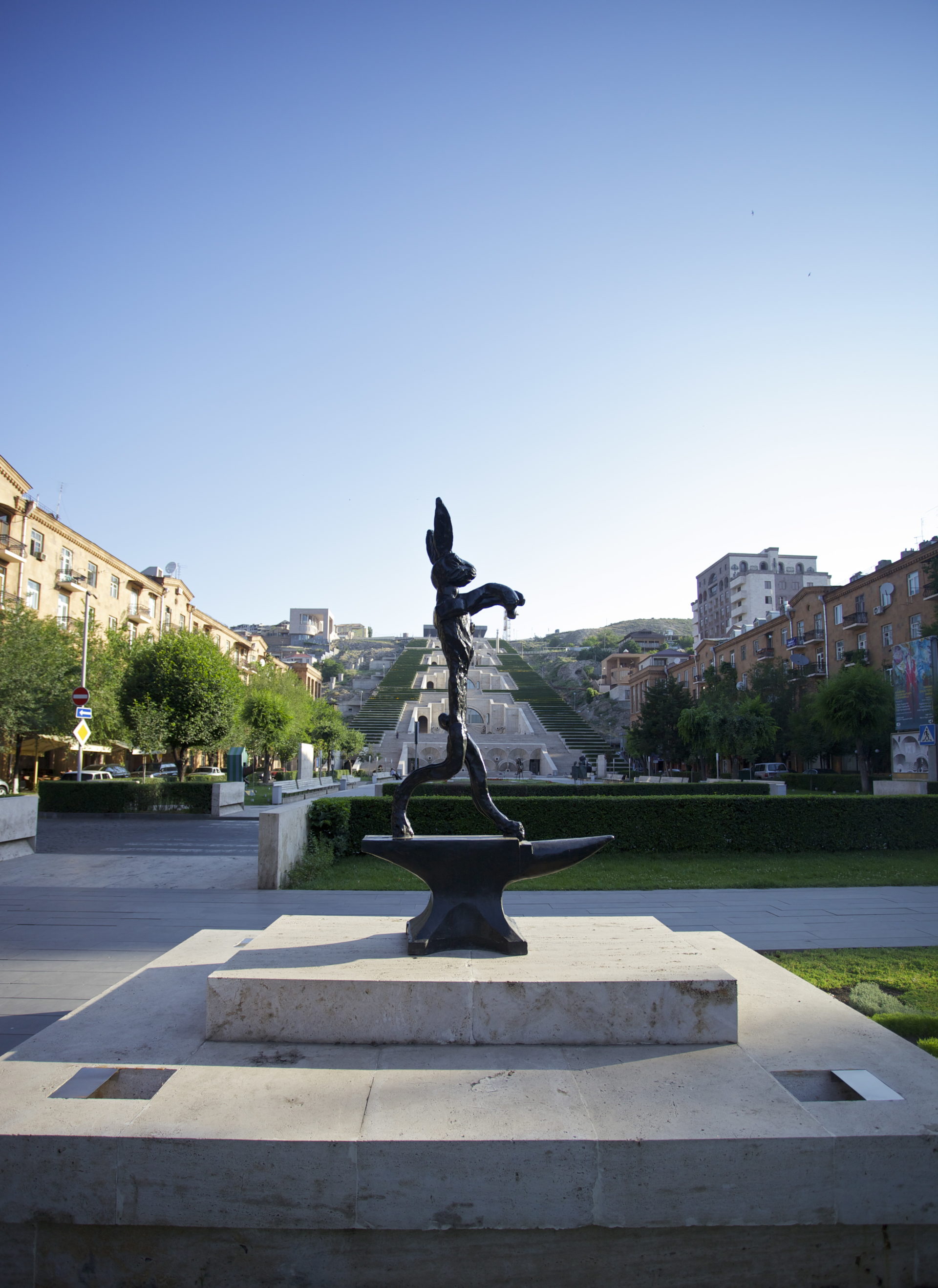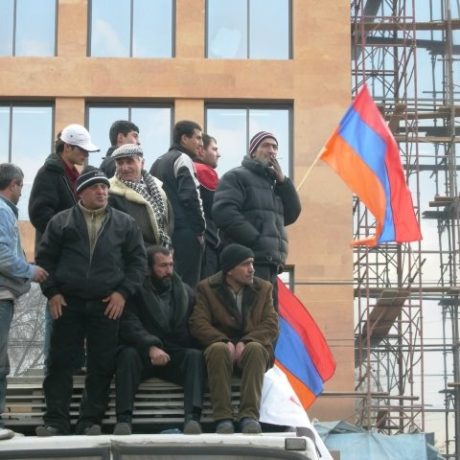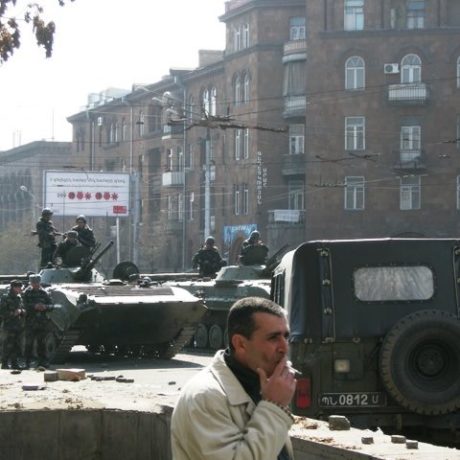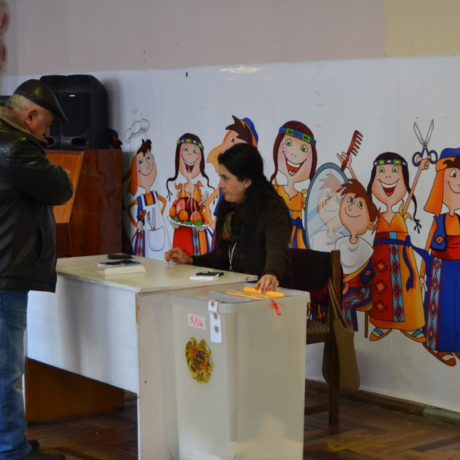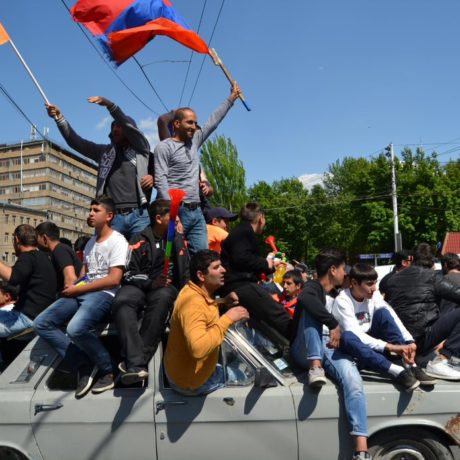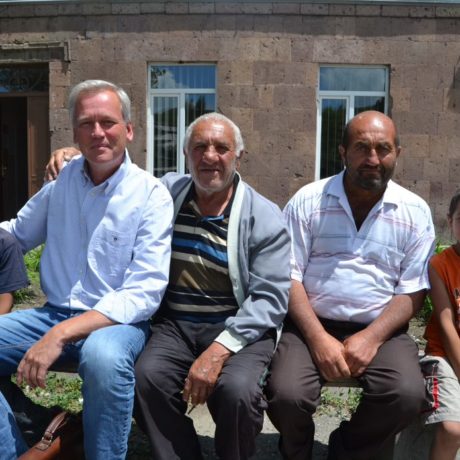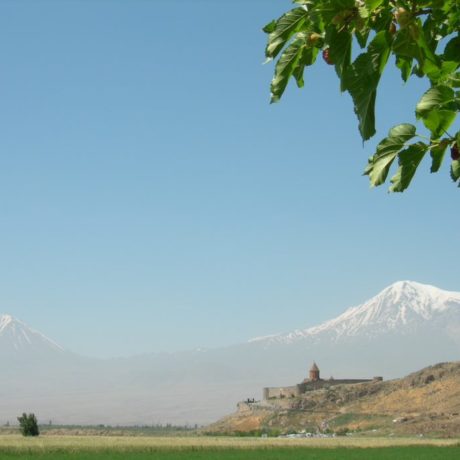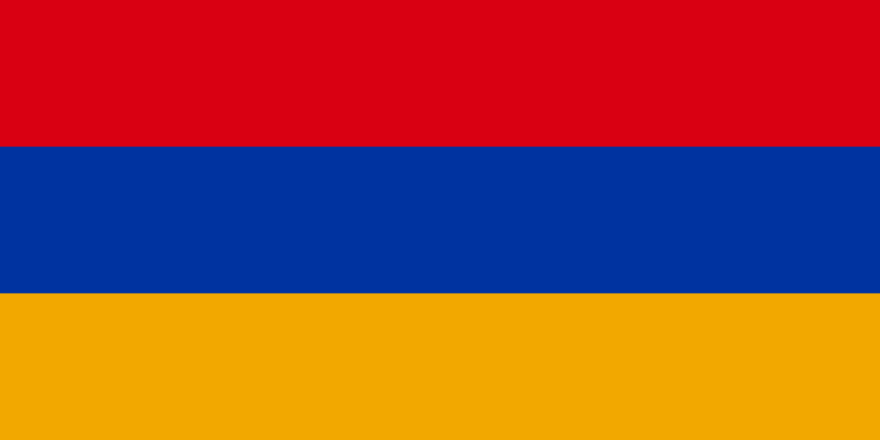
Armenia
- Governance: Republic, unitary state
- Capital: Yerevan
- Population: 3.1 millions
- Religion: Armenian orthodox christianity
- Language: Armenian
- Location: South-Caucasus, Asia
- Democracy index: Partly free, 45/100
Armenia has a long and proud history from ancient times with churches and monasteries on high mountain peaks, lush fruit orchards and a rich tradition for wine and brandy. Today, the population is suffering from poverty and unemployment, but that is no obstacle for the Armenians’ remarkable hospitality and dedication, which resulted in the peaceful revolution of Spring 2018.
Armenia is a former Soviet republic with high poverty and emigration. Strong nationalism and identity policy implies discrimination and punishment for being different. Resignation has put its mark on a people muffled by corruption and injustice. But in Spring 2018, people took to the streets and overthrew the government.
Armenia today
The authorities have purposefully used the conflicts with the neighbouring countries to rally the population against a joint enemy and away from internal criticism. Geopolitically, Armenia is dependent on Russia. The conflict with Azerbaijan over Nagorno-Karabakh remains unsolved, and there are frequent incidents on the line of contact where Armenian conscripts serve under terrible conditions. Human rights violations have been related to an ineffective court system; the ruling party’s influence over election processes; intolerance against religious and sexual minorities; discrimination and violence against women; inhuman conditions in closed institutions, and self–censorship in the media.
The protests against the inauguration of Serge Sargsyan as the President on March 1st, 2008, which led to the death of 10 and mass arrests, traumatised the society. Still, protests have been growing particularly in the summers of 2015 and 2016. In 2015 Armenia became a parliamentary republic after a disputed referendum, and in Spring 2018 Armenians protested against Sargsyan’s intent to continue as Prime Minister. They succeeded in having opposition leader Nikol Pashinyan elected as Prime Minister on the 8th of May 2018. Since then, several reforms have been initiated, political prisoners have been released, and actions to counter corruption have been commenced. The population pays close attention to the development according to promises made, including early elections within a year.
NHC
The Norwegian Helsinki Committee (NHC) has been working in Armenia since 2003 and mainly focuses on democracy support, monitoring of elections and association, and minority rights. In this period, the NHC has supported around 20 different organisations and have cooperated with even more. The topics range from freedom of speech, torture, police reform, election observation, freedom of religion or belief to anti-discrimination through various methodology. These methodologies include human rights education, documentation and activism.
The NHC has observed elections and referenda in Armenia since 2008 in cooperation with local and international colleagues and launched analyses and statements that have garnered substantial attention. In parallel, we have advocated and disseminated information to motivate international support for the civil society in the country. In Summer 2016, we documented disproportional use of force from security forces against peaceful protesters and presented the conclusions in a report and in meetings with security forces in Yerevan. In Spring 2018, we monitored the arrests and peaceful protests that led to the so-called Velvet revolution. The events demonstrated how long–term work and support to civil society activism can be fruitful. The NHC continues to follow the new government closely.
History
Armenia is proud of its long history, introducing Christianity as the state religion from 301 A.D. and a unique alphabet from 405 A.D. Due to the genocide of 1.5 million Armenians in the Ottoman Empire in 1915, the majority of Armenians live outside tiny Armenia today. When the Soviet Union started crumbling, Armenia suffered a devastating earthquake, and both Armenia and Azerbaijan committed atrocities during the war over Nagorno-Karabakh.
After a ceasefire in 1996, the now mainly Armenian populated territory, is in practice independent, but formally still a part of Azerbaijan. Due to the longstanding conflicts with Turkey and Azerbaijan; historical traumas, ineffective use of scarce resources and geopolitical challenges, development is limited. A corrupt government has controlled and passivized the population since independence. But in Spring 2018, after public protest, a new government came to power and has initiated several reforms that seem to deal with corruption and bad governance.
Timeline
- 1915: the Armenian Genocide in the Ottoman Empire
- 1921: Becomes a part of the Soviet Union
- 1988: Devastating earthquake in Northern Armenia
- 1991: Independence and economic collapse
- 1991-1994: Armed conflict with Azerbaijan over Nagorno-Karabakh
- 2008: Large public protests against new President Serge Sargsyan, 10 deaths on 1 March
- 2015: Parliamentary republic after disputed constitutional amendments
- 2016: 4-day war in Nagorno-Karabakh
- 2018: Regime change after peaceful protest
Contacts
Employee
